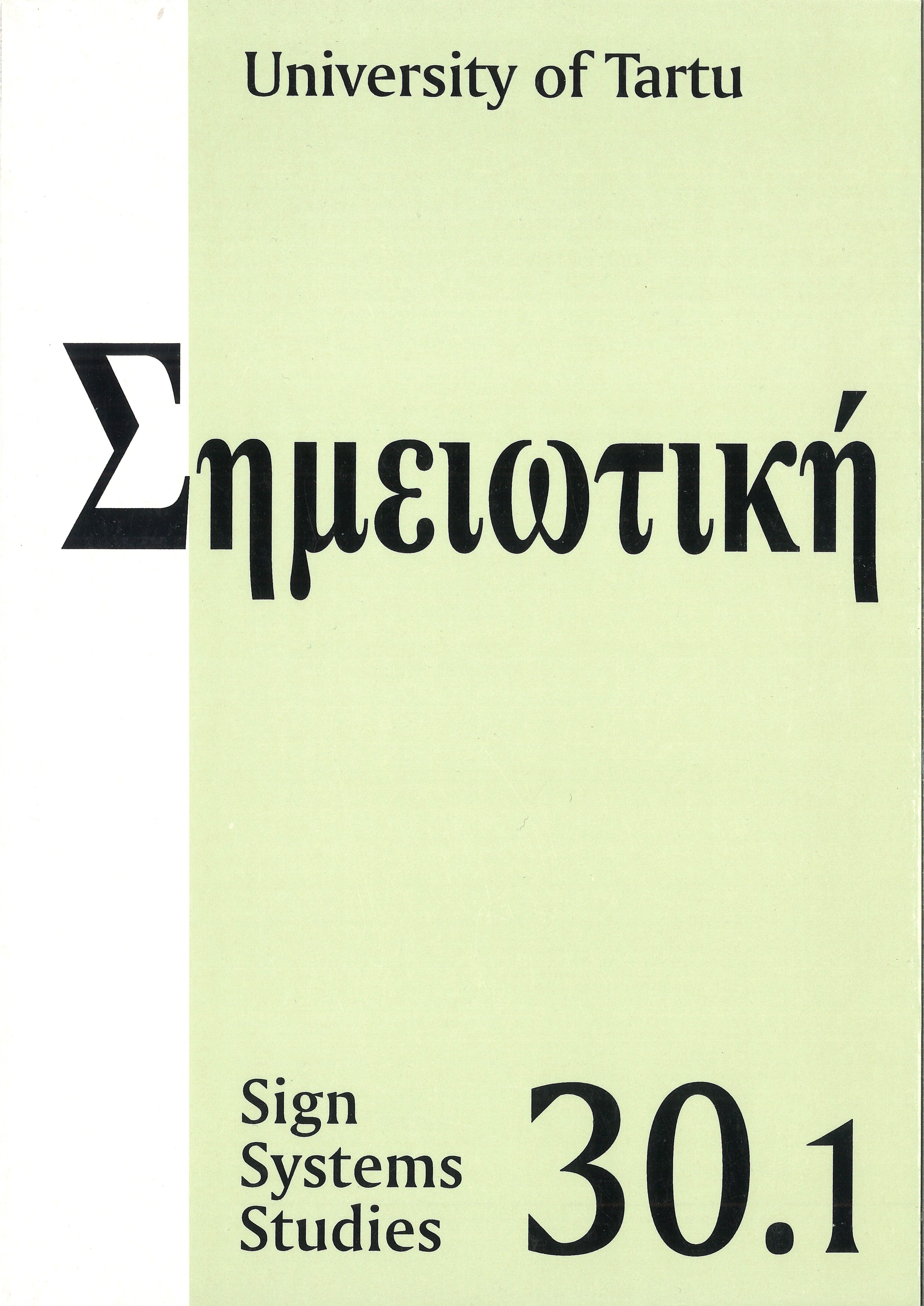Does “quorum sensing” imply a new type of biological information?
DOI:
https://doi.org/10.12697/SSS.2002.30.1.14Abstract
When dealing with biological communication and information, unifying concepts are necessary in order to couple the different “codes” that are being inductively “cracked” and defined at different emergent and “deemergent” levels of the biological hierarchy. In this paper I compare the type of biological information implied by genetic information with that implied in the concept of “quorum sensing” (which refers to a prokaryotic cell-to-cell communication system) in order to explore if such integration is being achieved. I use the Lux operon paradigm and the Vibrio fischeri – Euprymna scolopes symbiotic partnership to exemplify the emergence of informational contexts along the biological hierarchy (from molecules to ecologies). I suggest that the biosemiotic epistemological framework can play an integrative role to overcome the limits of dyadic mechanistic descriptions when relating the different emergent levels. I also emphasise that the realisation of biology as being a “science of sensing” and the new importance that is being ascribed to the “context” in experimental biology corroborate past claims of biosemioticians about a shift from a focus on information (as a material agent of causality) towards a focus on the world of signification.


